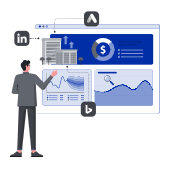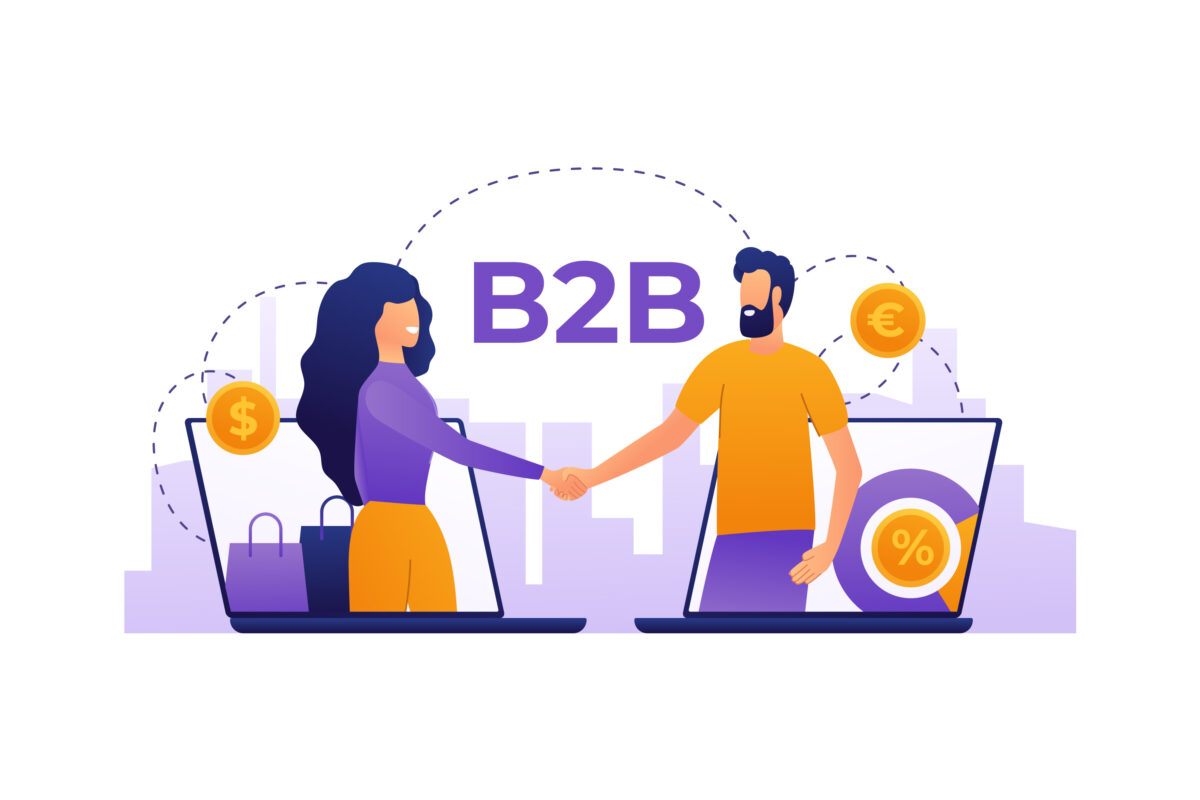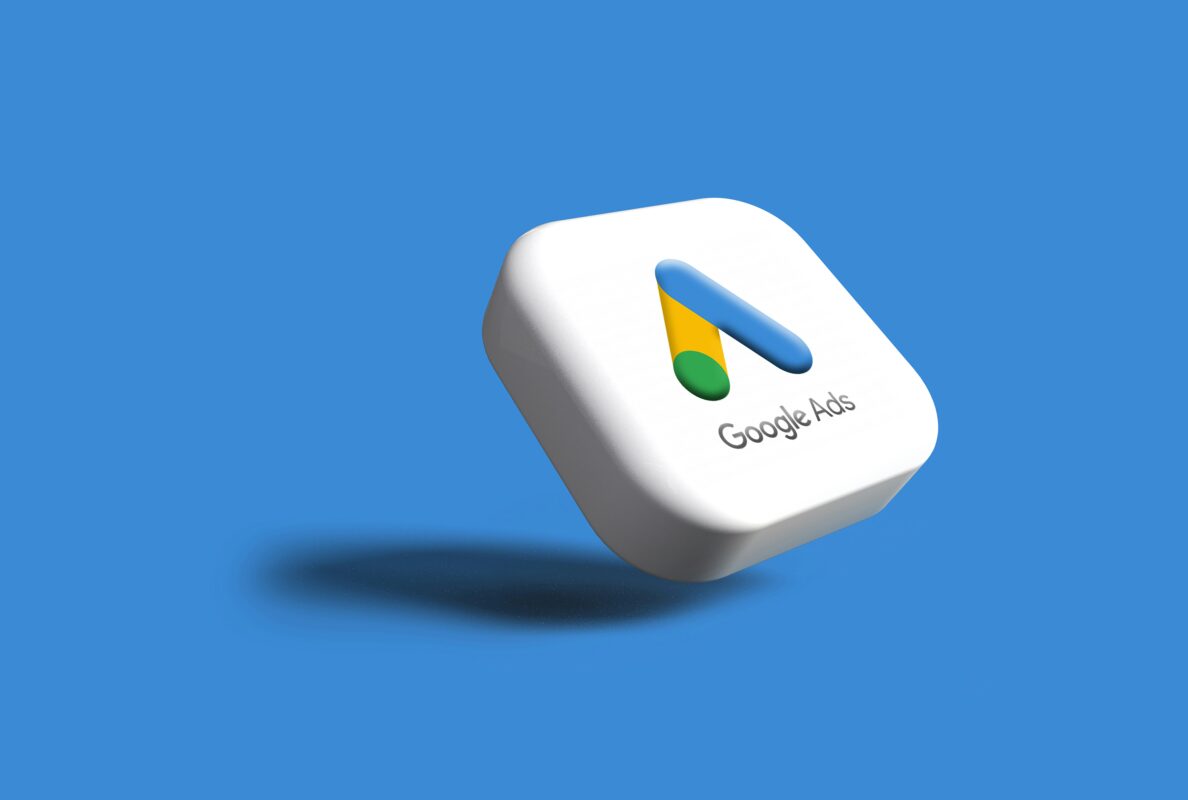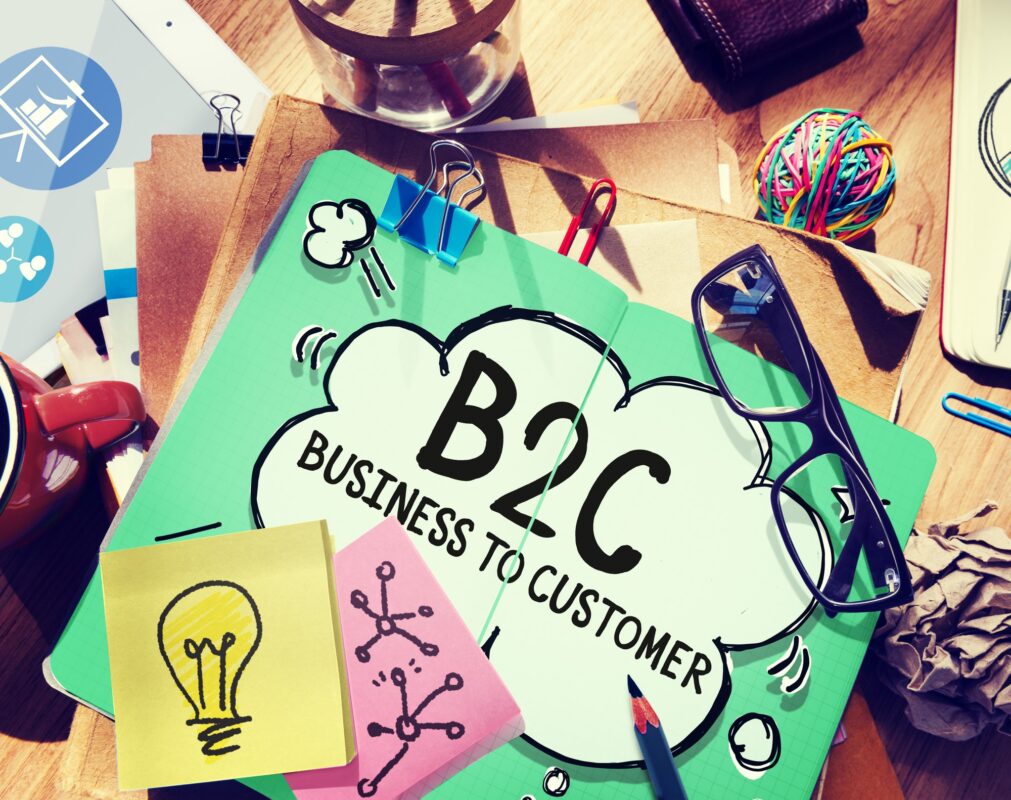Discover the B2B SEM trends you can’t ignore in 2025. This guide covers AI, voice search, ABM, and more to help you future-proof your SEM strategy.
As we approach 2025, the world of B2B Search Engine Marketing (SEM) is evolving rapidly. New technologies, changing buyer behaviors, and emerging platforms are reshaping how businesses reach and engage their target audiences. Staying ahead of these trends is crucial for maintaining a competitive edge and maximizing ROI.
In this blog, we’ll explore the B2B SEM trends you can’t ignore in 2025. From AI-driven targeting to voice search optimization, we’ll cover everything you need to know to future-proof your SEM strategy. Let’s dive in!
Why Staying Ahead of B2B SEM Trends Matters
The B2B landscape is becoming increasingly competitive, and SEM is no exception. Here’s why staying updated on trends is essential:
- Maximize ROI: Leveraging the latest trends ensures your campaigns are effective and cost-efficient.
- Stay Competitive: Early adopters of new technologies gain a significant advantage.
- Adapt to Buyer Behavior: Understanding how your audience searches and engages helps you tailor your strategy.
- Future-Proof Your Strategy: Preparing for upcoming trends ensures long-term success.
In short, staying ahead of B2B SEM trends is key to driving growth and staying relevant.
Trend 1: AI and Machine Learning in SEM
AI and machine learning are transforming B2B SEM, offering smarter targeting and optimization.
1. Automated Bidding
- Use AI-driven bidding strategies like Target CPA or Target ROAS to maximize conversions and ROI.
- Let algorithms adjust bids in real-time based on performance data.
2. Predictive Analytics
- Use tools like Google’s Performance Planner to forecast campaign performance.
- Identify high-value keywords and audiences before they become competitive.
3. Dynamic Ads
- Create personalized ads that adapt to user behavior and preferences.
- Use AI to test different ad variations and optimize for the best results.
Pro Tip: Use Google Ads’ Smart Campaigns to automate ad creation and optimization.
Trend 2: Voice Search Optimization
Voice search is growing rapidly, and B2B marketers need to adapt.
1. Target Conversational Keywords
- Focus on long-tail, natural language keywords.
- Example: Instead of “CRM software,” target “What is the best CRM software for small businesses?”
2. Create FAQ Content
- Develop content that answers common questions in a conversational tone.
- Use structured data (schema markup) to enhance visibility in voice search results.
3. Optimize for Local Search
- Ensure your business information is accurate and consistent across directories.
- Use local keywords to target voice searches like “CRM software near me.”
Pro Tip: Use tools like AnswerThePublic to identify common voice search queries.
Trend 3: Account-Based Marketing (ABM)
ABM is becoming a cornerstone of B2B SEM, focusing on high-value accounts.
1. Identify Target Accounts
- Use firmographic data (industry, company size, revenue) to identify ideal accounts.
- Leverage tools like LinkedIn Sales Navigator or ZoomInfo for prospecting.
2. Create Personalized Ads
- Tailor ad copy and landing pages to specific accounts.
- Use dynamic ads to automatically insert the account’s name or industry.
3. Track and Measure
- Use UTM parameters to track account-specific campaigns.
- Measure engagement and conversions for each account.
Pro Tip: Use Terminus or Demandbase to streamline your ABM efforts.
Trend 4: Video Ads and Interactive Content
Video content is becoming increasingly popular in B2B marketing.
1. Create Explainer Videos
- Use videos to explain complex products or services in a simple, engaging way.
- Highlight key features, benefits, and use cases.
2. Run YouTube Ads
- Use TrueView ads to reach a broader audience on YouTube.
- Target specific demographics, interests, and keywords.
3. Leverage LinkedIn Video Ads
- Share videos directly on LinkedIn to engage decision-makers.
- Use video ads to showcase customer success stories or product demos.
Pro Tip: Use tools like Animoto or Vyond to create professional-quality videos.
Trend 5: Privacy-First Advertising
With increasing privacy regulations, B2B marketers need to adapt their strategies.
1. Focus on First-Party Data
- Collect data directly from your audience through forms, surveys, and interactions.
- Use this data to create personalized campaigns.
2. Leverage Contextual Targeting
- Target ads based on the content of the webpage rather than user behavior.
- Example: Place ads for CRM software on articles about productivity tools.
3. Ensure Compliance
- Stay updated on privacy regulations like GDPR and CCPA.
- Use tools like OneTrust to manage compliance.
Pro Tip: Use Google’s Privacy Sandbox to explore new privacy-focused advertising solutions.
Trend 6: Omnichannel SEM Strategies
B2B buyers interact with brands across multiple channels, making omnichannel strategies essential.
1. Integrate SEM with Other Channels
- Combine SEM with email marketing, social media, and content marketing.
- Example: Use retargeting ads to reach users who opened your email but didn’t convert.
2. Use Cross-Channel Analytics
- Track user journeys across channels to understand their behavior.
- Use tools like Google Analytics 4 for comprehensive insights.
3. Create Consistent Messaging
- Ensure your messaging is consistent across all channels.
- Example: Use the same value proposition in your ads, emails, and social media posts.
Pro Tip: Use HubSpot or Marketo to manage and track omnichannel campaigns.
Trend 7: Sustainability in SEM
Sustainability is becoming a key consideration for B2B buyers.
1. Highlight Sustainable Practices
- Showcase your company’s commitment to sustainability in your ads.
- Example: “Reduce your carbon footprint with our eco-friendly solutions.”
2. Target Eco-Conscious Buyers
- Use LinkedIn’s targeting options to reach buyers interested in sustainability.
- Example: Target users with “Sustainability” as a skill or interest.
3. Optimize for Green Keywords
- Incorporate sustainability-related keywords into your campaigns.
- Example: “Energy-efficient software solutions.”
Pro Tip: Use Google’s Carbon Footprint Tool to measure and reduce your campaign’s environmental impact.
Conclusion
The B2B SEM landscape is evolving rapidly, and staying ahead of trends is crucial for success in 2025. By leveraging AI, optimizing for voice search, and embracing omnichannel strategies, you can create campaigns that drive results and future-proof your business.
Remember, SEM is an ongoing process. Regularly monitor performance, test new strategies, and adapt to changing buyer behaviors. With the right approach, you can stay ahead of the curve and achieve long-term success in B2B SEM. You can contact us for a B2B SEM Plan; we will handle everything for you.














